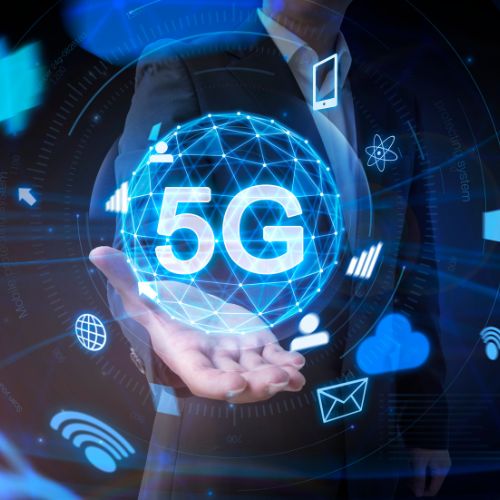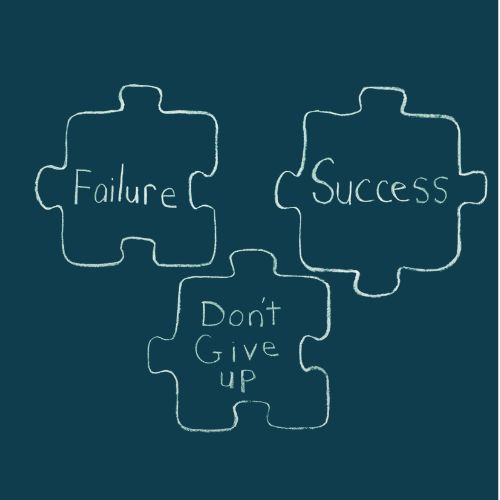
How 5G Technology Is Revolutionizing Mobile Communication
As the next generation of wireless technology, 5G is transforming how we connect, communicate, and experience the digital world. With faster speeds, lower latency, and enhanced connectivity, 5G is setting the stage for a new era in mobile communication. This guide explores how 5G technology is revolutionizing the way we use mobile devices, the key benefits it brings, and its impact on various industries.
1. What Is 5G Technology?
5G stands for fifth-generation mobile network technology, and it is a significant leap from the current 4G networks. It is designed to support a massive increase in data traffic and connected devices, offering improvements in three key areas:
- Faster Data Speeds: 5G can deliver speeds up to 100 times faster than 4G.
- Lower Latency: Reduced delay in data transmission, enabling real-time communication.
- Increased Connectivity: More devices can connect simultaneously, making it ideal for IoT (Internet of Things) applications.
2. How 5G Is Changing Mobile Communication
a. Ultra-Fast Data Speeds
5G networks offer download speeds of up to 10 Gbps, which is significantly faster than 4G. This means you can download high-definition movies in seconds, stream 4K videos without buffering, and enjoy faster web browsing. The speed of 5G is critical for data-heavy applications like virtual reality (VR), augmented reality (AR), and mobile gaming, where high-speed data transfer is essential for a seamless experience.
b. Low Latency for Real-Time Communication
Latency refers to the time it takes for data to travel from one point to another. In 4G networks, latency can range from 30 to 50 milliseconds, while 5G can reduce this to as low as 1 millisecond. This near-instantaneous communication allows for real-time interactions in areas like:
- Online gaming: Players experience smoother gameplay with no lag.
- Video conferencing: Conversations feel more natural with fewer delays.
- Autonomous vehicles: Cars can communicate with each other in real-time to avoid collisions.
c. Enhanced Connectivity for the Internet of Things (IoT)
5G can support up to 1 million devices per square kilometer, a significant improvement over 4G’s capacity. This makes it a key enabler for the Internet of Things (IoT), where everyday objects—like smart home devices, wearables, and connected appliances—rely on seamless communication. 5G will allow these devices to function without interruption, paving the way for smart cities, smart homes, and more connected environments.
3. Industries Revolutionized by 5G
The impact of 5G extends far beyond mobile communication. It’s transforming industries by enabling new technologies and business models. Here’s how 5G is revolutionizing several sectors:
a. Healthcare
5G enables remote healthcare services like never before. With its low latency and high reliability, 5G supports telemedicine applications, allowing doctors to perform remote surgeries using robotic instruments. It also enhances the ability to monitor patients through wearable devices, improving real-time health data transmission and early diagnosis.
b. Entertainment and Media
With 5G, the entertainment industry is poised for a revolution. High-speed streaming of 4K and 8K video content, immersive VR and AR experiences, and cloud gaming are just some of the innovations driven by this technology. Users can experience interactive content without the delays and buffering issues that have plagued previous generations of mobile networks.
c. Transportation and Autonomous Vehicles
The future of transportation, especially autonomous vehicles, depends heavily on 5G. For self-driving cars to operate safely, they must communicate with each other, traffic signals, and other infrastructure in real-time. 5G’s low latency ensures that vehicles can make split-second decisions, leading to safer roads and smarter traffic management systems.
d. Manufacturing and Industry 4.0
In manufacturing, 5G is a cornerstone of Industry 4.0, where smart factories rely on connected machines and automation. 5G-enabled robots can perform tasks with incredible precision, while real-time data monitoring allows for predictive maintenance and increased efficiency. This revolutionizes production lines and reduces downtime.
4. The Benefits of 5G for Consumers
a. Improved Mobile Experience
Consumers will enjoy faster downloads, smoother streaming, and enhanced mobile browsing. Whether you’re downloading large files, playing online games, or using data-intensive applications, 5G will significantly improve the experience. Mobile services like video calls and conferencing will also feel more natural and responsive.
b. Better Connectivity for Smart Devices
As more devices become connected—ranging from smartwatches to household appliances—5G will provide the bandwidth and reliability to keep them running smoothly. This enhances convenience in everyday life, from controlling home appliances remotely to staying connected on multiple devices without experiencing drops in quality.
c. Enhanced Work-from-Home Capabilities
With the rise of remote work, 5G can improve productivity by providing faster, more reliable internet connections. Video conferencing, cloud computing, and collaboration tools will function more efficiently, even when multiple devices are connected.
5. Challenges and Future Potential of 5G
While 5G offers incredible benefits, its full potential is still being realized. Challenges such as infrastructure development, cost of implementation, and concerns about security and privacy must be addressed before widespread adoption.
Future Potential: As 5G networks continue to expand, innovations such as 6G and beyond are already being explored, promising even greater speeds, lower latency, and enhanced global connectivity.






